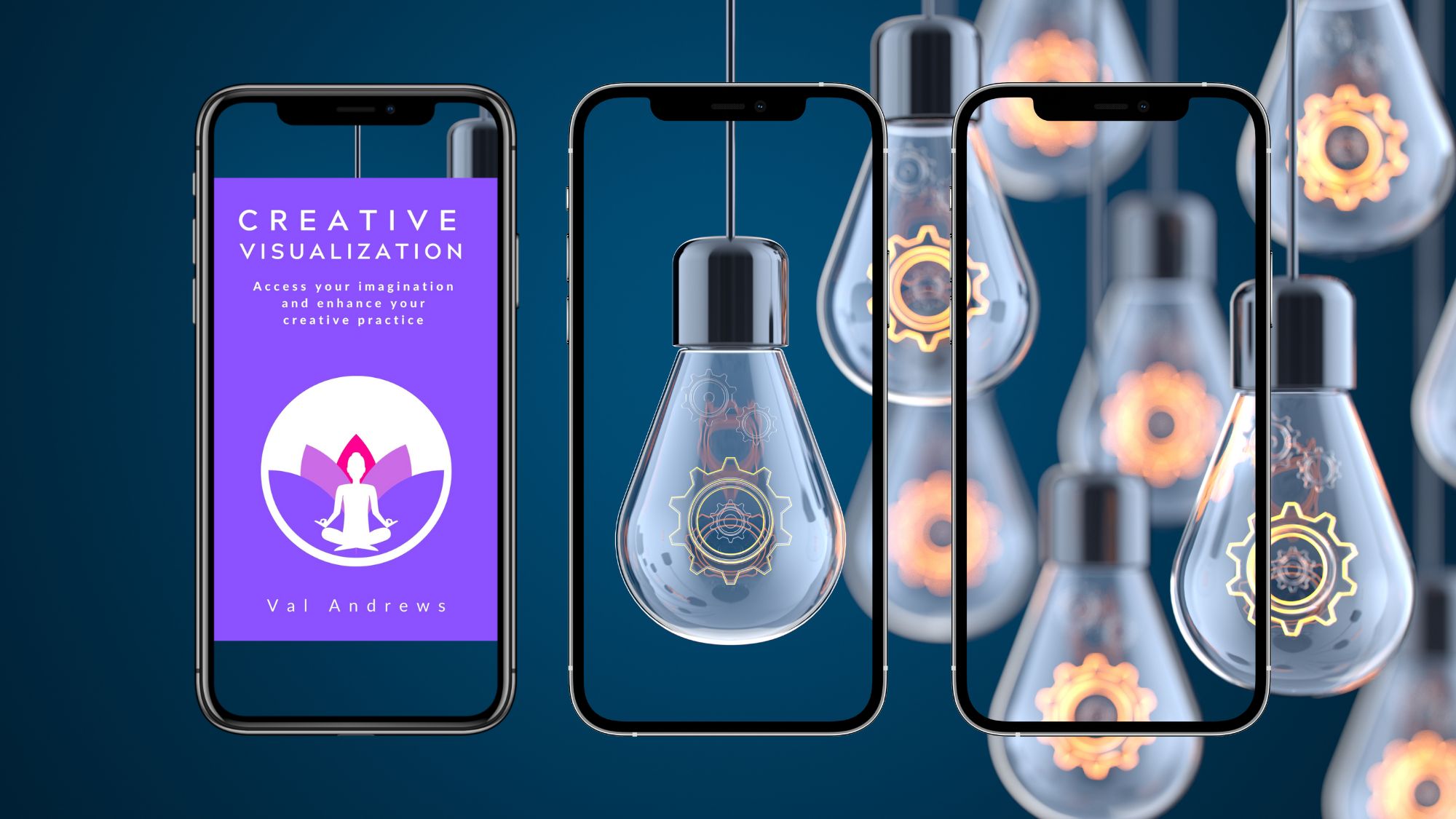Craft Stories That Resonate With Authenticity
When it comes to creative nonfiction, the magic lies in blending reality with imagination. Creative Nonfiction: How to Blend Reality with Imagination in Your Writing is your go-to guide for turning real-life experiences into narratives that captivate and inspire. This comprehensive book provides everything you need to craft stories that balance authenticity with artistic expression. Why Creative Nonfiction is Transformative At its core, creative nonfiction is about revealing the truth of human experiences in a way that’s Read more




